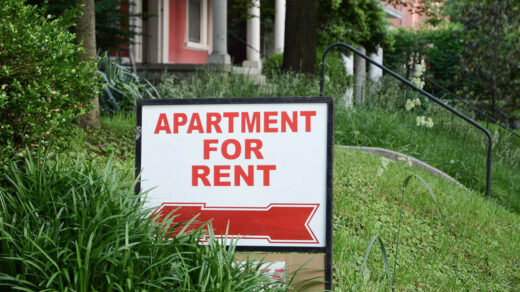
Electrical issues can disrupt daily life and pose safety risks if ignored. Understanding the most frequent electrical services homeowners request helps identify problems early. Here are the top six electrical services and why they matter:
1. Circuit Repair and Troubleshooting
Why It’s Common: Overloaded circuits, faulty wiring, or old infrastructure often cause tripped breakers, flickering lights, or dead outlets.
Service Details:
- Electricians diagnose short circuits, ground faults, or overloaded circuits.
- They replace damaged wiring, upgrade circuit capacity, or redistribute loads to prevent future issues.
Pro Tip: If a breaker trips repeatedly, avoid resetting it—call a pro to inspect for hidden wiring problems.
2. Lighting Installation and Repair
Why It’s Common: From outdated fixtures to malfunctioning switches, lighting issues are pervasive. Homeowners also seek energy-efficient upgrades (e.g., LED retrofits).
Service Details:
- Replacing broken switches, fixing loose connections, or installing smart lighting systems.
- Upgrading to dimmable fixtures, recessed lighting, or outdoor security lighting.
Safety Note: Never attempt to repair live wiring; even low-voltage systems require caution.
3. Circuit Breaker and Fuse Panel Issues
Why It’s Common: Aging panels (especially fuse boxes) or overloaded breakers can overheat, trip frequently, or fail to protect against surges.
Service Details:
- Replacing faulty breakers, upgrading to GFCI/AFCI breakers for safety, or converting fuse panels to modern circuit breakers.
- Panel inspections to ensure compliance with electrical codes.
Warning Sign: Buzzing sounds or a burning odor near the panel require immediate attention.
4. Outlet and Switch Upgrades
Why It’s Common: Outdated outlets (e.g., two-prong vs. three-prong) or defective switches pose shock hazards. Homeowners also seek USB or GFCI outlets for convenience.
Service Details:
- Installing GFCI outlets in kitchens, bathrooms, and outdoor areas (required by code).
- Replacing worn switches, adding tamper-resistant outlets, or installing smart switches for remote control.
DIY Risk: Incorrect wiring can cause shorts—always hire a licensed electrician for outlet work.
5. Electrical Panel Upgrades
Why It’s Common: Older homes (pre-1980) often have undersized panels (100-amp) that can’t handle modern electronics. Panels from brands like Federal Pacific or Zinsco are also fire hazards.
Service Details:
- Upgrading to 200-amp panels to support air conditioners, EV chargers, or home offices.
- Replacing obsolete panels to meet safety standards.
Cost Consideration: Panel upgrades are an investment but prevent future outages and fire risks.
6. Surge Protection and Electrical Safety Inspections
Why It’s Common: Power surges (from storms or faulty utilities) damage electronics, while safety inspections help identify code violations in older homes.
Service Details:
- Installing whole-house surge protectors at the panel to safeguard appliances.
- Conducting inspections for frayed wiring, improper grounding, or outdated systems.
Preventive Tip: Unplug sensitive devices during storms to complement surge protectors.
When to Call a Professional
While minor tasks like replacing a light bulb are safe, never DIY:
- Wiring repairs
- Panel work
- GFCI/AFCI installations
- Surge protector setups
Electrical errors can cause fires, shocks, or code violations. Always verify an electrician’s license and insurance before hiring.
Conclusion
Regular maintenance and prompt service for these common issues keep your home safe and functional. Whether upgrading for efficiency or fixing a dangerous fault, prioritizing electrical services prevents costly repairs and ensures peace of mind.


